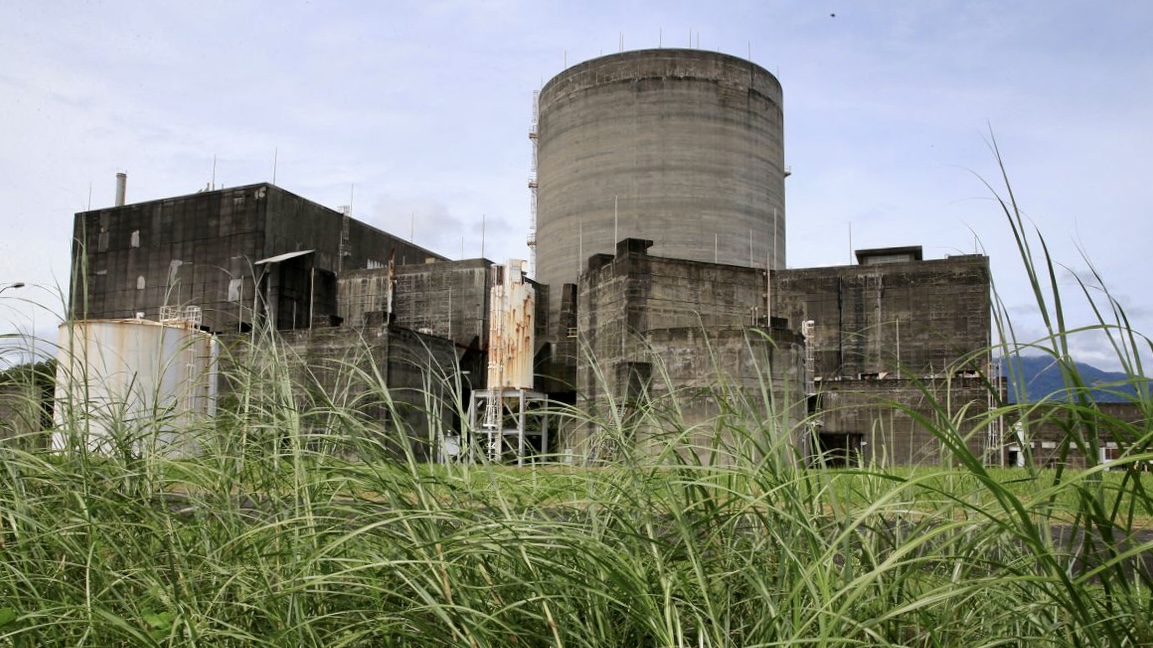[ad_1]

Bulawayo, ZIMBABWE, Feb 01 (IPS) – On January 10, the Zimbabwe Republic Police (ZRP) arrested three males discovered with fertilizer value about 130,000 US {dollars}.
The “loot” was recognized as a part of inputs supplied by the federal government to smallholder farmers within the nation’s efforts to spice up meals safety.
The case was one in every of many who uncovered the dilemma of the nation’s meals safety efforts. The multi-million greenback government-financed scheme that gives seeds and fertilizer to smallholder farmers has fallen brief in aiding meals manufacturing.
The abuse of farming inputs has been a thorn on the federal government’s facet, with officers seeing it as deliberate sabotage of the nation’s ambitions to feed itself. On the similar time, analysts contend that such authorities schemes are open to abuse by well-connected people.
Lately, Zimbabwe has redoubled its efforts to spice up the manufacturing of the staple maize, with the federal government final yr aiming to offer 1,8 million rural households with maize seed and fertilizer.
The majority of the southern African nation’s maize manufacturing – as much as 70 % – comes from rural smallholder farmers, in response to the Meals and Agriculture Organisation (FAO), however it is usually right here the place widespread poverty is rife, with the World Financial institution noting that nearly 8 million folks in Zimbabwe earn beneath USD1 per day.
Such circumstances, analysts be aware, have led to the diversion of farming inputs for reselling, successfully slowing the nation’s efforts to feed itself.
In the course of the 2020-21 season, Zimbabwe produced 2.7 million tonnes of maize, triple the earlier yr because of above-normal rains, but considerations stay about sustaining manufacturing ranges.
“Because the painful expertise of the previous 20 years because the land reform has proven so clearly, such positive factors usually are not essentially sustained,” stated Ian Scoones, an instructional and researcher on the College of Sussex’s Institute of Improvement Research. He has written broadly about agriculture in Zimbabwe.
This 2021-22 season, local weather uncertainty has seen many farmers delaying planting as they preserve ready for the rain. The agriculture ministry reported early January that the nation had missed its goal of two million hectares of maize.
In keeping with the ministry, solely about 1 million hectares had been planted at the start of the yr. Underneath the Agriculture and Meals System Transformation Technique, Zimbabwe targets 8 billion US {dollars} for agriculture manufacturing by 2025.
Grain manufacturing has fluctuated previously twenty years. For instance, throughout the 2001 cropping season, about 1.5 million hectares had been planted, which represented a 15 % drop from the earlier season in response to FAO figures.
The USA Division of Agriculture (USDA) famous that Zimbabwe’s 2021-22 maize harvest, which stood at 2.7 million tonnes, was the very best because the 1984-5 season.
These fluctuations spotlight the nation’s wrestle to feed itself.
The USDA says the bumper harvest was as a result of “beneficial climate circumstances,” exposing the boundaries of presidency maize and seed subsidies within the largely rain-fed sector.
Analysts say it can take extra for the nation to appreciate its objectives past offering inputs to farmers amid different challenges equivalent to local weather uncertainty.
“Authorities might want to present incentives, equivalent to meals crop manufacturing quotas, to massive scale farmers who are inclined to specialize on non-food money crops, which worsens the meals safety state of affairs,” stated Stanley Mbuka, an analyst on the Economist Intelligence Unit (EIU).
“An unstable foreign money additionally makes it exhausting for smallholder farmers to cushion themselves as they promote to the grain advertising board within the native foreign money, which loses worth in a short time,” Mbuka advised IPS.
Researchers have additionally famous that different improvements to encourage farmers to undertake new strategies to spice up meals manufacturing, regardless of exhibiting promise, have been deserted for, amongst different causes, being too labour intensive.
A lot of rural agriculture in Zimbabwe shouldn’t be mechanized and depends on rainwater.
Added to this can be a mixture of longer-term underlying elements, together with macroeconomic challenges, elevated incidence of climatic shocks, COVID-19 pandemic, and the cumulative results of two consecutive years of drought, says the World Meals Programme (WFP).
“To interrupt the cycle of relapses into meals crises, stakeholders are more and more conscious that extra investments are wanted in resilience-building and early warning,” stated Maria Gallar, WFP-Zimbabwe spokesperson.
“The probabilities that smallholder farmers fall into meals insecurity repeatedly lower if they’ve entry to productive belongings equivalent to dams,” Gallar advised IPS by e mail.
Regardless of final yr’s above-average maize harvest, the WFP says the most recent figures present that greater than 5 million persons are estimated to be meals insecure. This contains 42 % of the city inhabitants – about 2.4 million folks – the place the federal government has promoted city farming.
“Sustainable change, after so a few years of setbacks, would require continued efforts and time,” Gallar stated.
Follow @IPSNewsUNBureau
Comply with IPS Information UN Bureau on Instagram
© Inter Press Service (2022) — All Rights ReservedAuthentic supply: Inter Press Service
[ad_2]
Source link

















